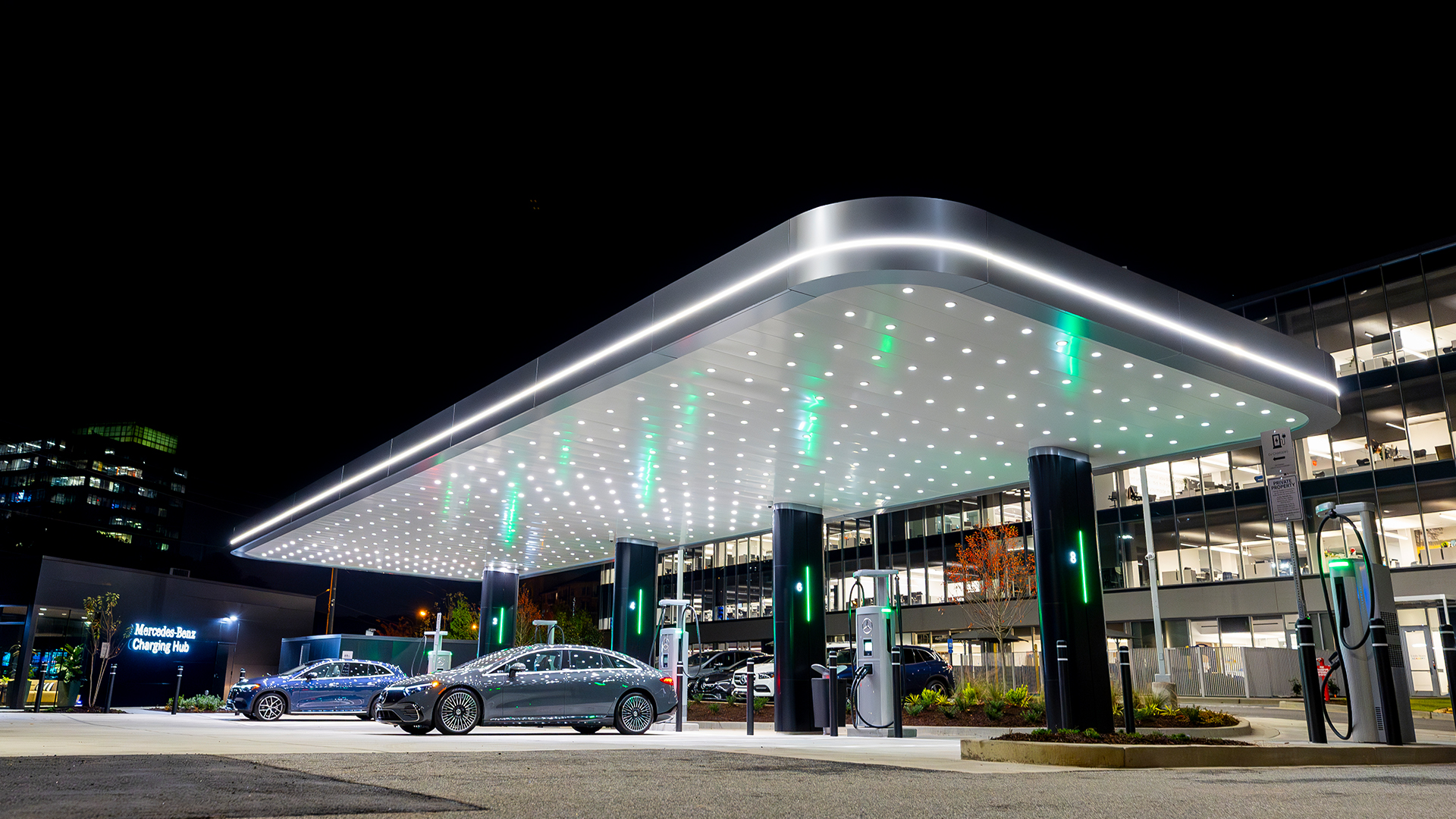A startup called Juice has announced a partnership with New York-based ride-sharing and fast-charging operator Revel that could help ease the pain of using a public EV charging network thanks to smart cameras and machine learning.
Although there has been a lot of improvement in recent years, recharging electric vehicle batteries using commercially available chargers is still a confusing and sometimes overly complicated task.
Many require creating a personalized account, either through a browser or by downloading a smartphone app, despite the growing prevalence of tap-of-a-button payment options.
Still, it’s not the seamless experience Tesla customers have long enjoyed on its Supercharger network. That process sees payment methods stored in the account within the car’s infotainment system, meaning the owner can simply plug in, charge and drive, safe in the knowledge that the bill and cost breakdown will arrive each month.
Juice and Revel want to change all that by creating what they call “Face ID for vehicles.” Harnessing the power of computer vision, which uses AI-powered smart cameras, the company wants EV charging stations to be able to recognize a vehicle, along with its license plate, authenticate it, and then automatically debit the cost of a charging session from an associated account.
“Our goal is not to create a long-form experience where you’re forced to download an app and use it every time,” Paul Suhey, Revel’s co-founder and COO, told The Verge in a recent interview. “We’re just trying to make the experience as seamless as possible.”
True, the owner of the EV in question has to scan an initial QR code to register and then give Juice permission to record a video of the vehicle via a smartphone camera. But from there, it's simply a matter of selecting a payment method and leaving the smartphone in your pocket when you arrive at a Revel booth.
Revel says it can then use existing security camera technology, coupled with machine learning, which will recognise the EV and then automatically debit the account holder’s amount when the charging session is complete, eliminating a number of irritating registration and payment steps that currently plague much of the public network.
Analysis: Amazon bets on electric vehicle charging

For all intents and purposes, the public charging network remains a bit chaotic. The lack of a single service provider (Tesla not included) means that multiple accounts are often needed to cover any major journey, despite work by numerous EV manufacturers to make the process more seamless.
Unlike paying for diesel or petrol, there are no ATMs at public charging stations and the software that runs them is often unreliable, buggy or completely broken.
Brands like Kia, Nissan, Polestar and BMW now offer a subscription-style package, where the user creates an account (complete with billing information) and then uses an RFID card that can be waved (an app works, too) to various chargers across a handful of networks, with owners receiving a final bill at the end of the month.
Similarly, Mercedes-Benz offers payment from inside the car (Tesla style) thanks to its Mercedes me Charge system, which will connect to more than 1.6 million charging points around the world and automatically charge the user.
These are all steps in the right direction, but the process remains plagued by problems, the main one being that not all public charging networks are included in any of these packages. There are simply too many to consolidate them all.
Juice has essentially created the Amazon Go of EV charging, where AI-powered smart cameras automatically detect user activity and charge the bill accordingly. But it still only works on the Revel network, or at least those that adopt the technology.
Over the course of a lifetime, an EV owner will likely encounter hundreds of different public charging providers, some more obscure than others, especially if they start venturing off the beaten path. After all, if the vehicle shows that it only has four percent battery left, the driver will head to the charging option that is closest or most convenient.
Things are looking up and a smaller handful of generalist service providers now dominate the charging landscape, while there are increasingly more charging stations that simply require the tap of a credit or debit card.
But if electric vehicles have any chance of reaching parity with their internal combustion engine brethren, all aspects of range anxiety need to be eliminated, and this includes the ability to charge anywhere, anytime without additional payment steps or complications.
After all, when was the last time you planned a road trip with specific stops at gas stations?









